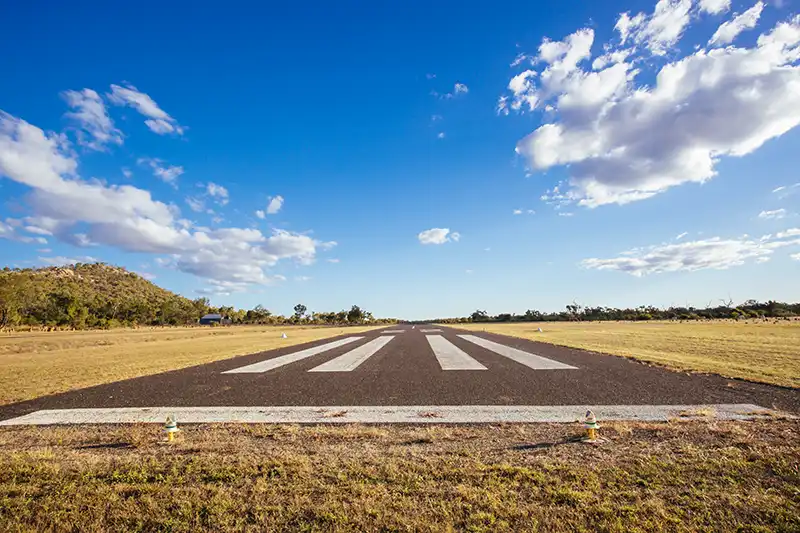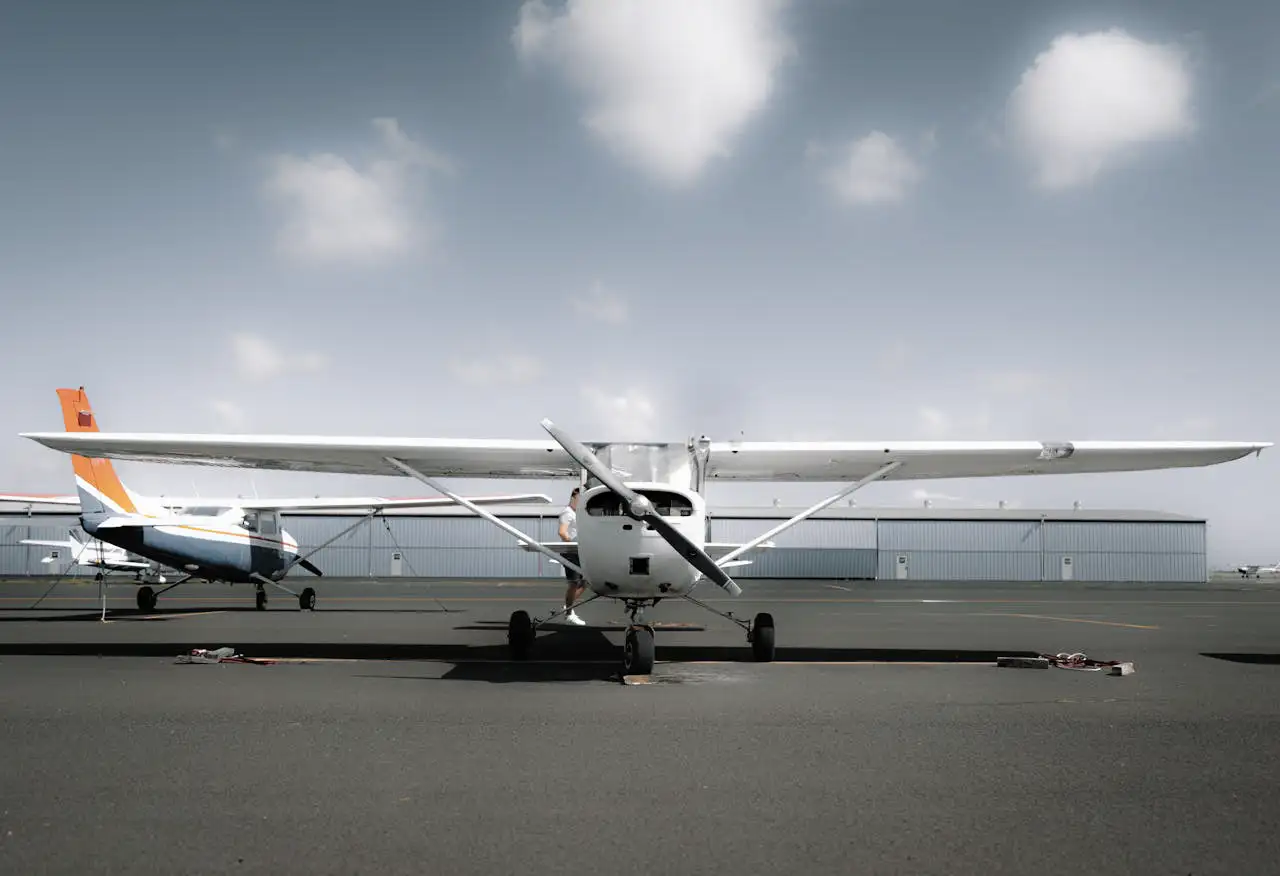The modern world is facing an urgent challenge – the need to balance our insatiable desire for global connectivity with the imperative of preserving our planet. In this quest for equilibrium, the aviation industry has emerged as a focal point, actively pursuing innovative solutions to reduce its environmental impact. From alternative fuels to revolutionary aircraft designs, and sustainable airport infrastructure, the skies are becoming greener as the aviation sector takes significant strides toward a more sustainable future.
Taking Flight with Alternative Fuels:
At the forefront of the sustainable aviation movement lies the development and integration of alternative fuels. Traditional jet fuels derived from fossil sources contribute significantly to greenhouse gas emissions. However, the aviation industry is investing in research and development of sustainable alternatives. One notable example is sustainable aviation fuel (SAF), which can be produced from renewable sources like agricultural waste, algae, and even household waste. SAF can be blended with conventional jet fuel, significantly reducing CO2 emissions and other harmful pollutants.
Electrifying the Skies: The Rise of Electric Aircraft:
The emergence of electric aircraft represents a paradigm shift in aviation technology. Electric propulsion systems, powered by batteries, promise cleaner and quieter flight. Companies like Airbus, Boeing, and startups like eFlyer and Ampaire are actively working on electric and hybrid-electric aircraft designs. These innovations have the potential to revolutionize short-haul flights and reduce the aviation industry’s carbon footprint.
Paving the Runway to Sustainable Airports:
Sustainability isn’t confined to the skies; it extends to the very infrastructure that supports air travel – airports. Sustainable airport designs incorporate energy-efficient technologies, renewable energy sources, and eco-friendly construction materials. Airports worldwide are embracing solar power, LED lighting, and advanced waste management systems. The integration of green spaces, like gardens and vertical farms, into airport terminals is also on the rise, enhancing air quality and providing travelers with a breath of fresh air.
Clearing the Skies with Carbon Offset Programs:
In a bid to offset the unavoidable emissions associated with air travel, airlines and airports are implementing carbon offset programs. These initiatives allow passengers to compensate for their flights’ carbon footprint by investing in projects that reduce or capture an equivalent amount of CO2. From reforestation projects to renewable energy installations, carbon offset programs provide individuals with a tangible way to contribute to the fight against climate change.
Challenges on the Horizon:
While the pursuit of sustainable aviation is promising, it is not without its challenges. The development and implementation of alternative fuels and electric aircraft require significant investment and technological advancements. Additionally, regulatory frameworks, infrastructure upgrades, and public acceptance are essential factors in the successful adoption of these innovations.
Conclusion:
As concerns about climate change intensify, the aviation industry finds itself at a pivotal juncture – one where innovation and environmental responsibility converge. The quest for sustainable aviation is transforming the skies, with alternative fuels, electric aircraft, carbon offset programs, and green airport infrastructure leading the way. By embracing these changes, the aviation industry is not only reducing its impact on the environment but also setting a precedent for other sectors to follow. As we look ahead, the skies may indeed become greener, offering a beacon of hope for a more sustainable future for all.






